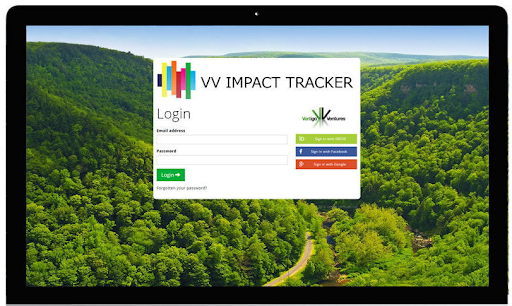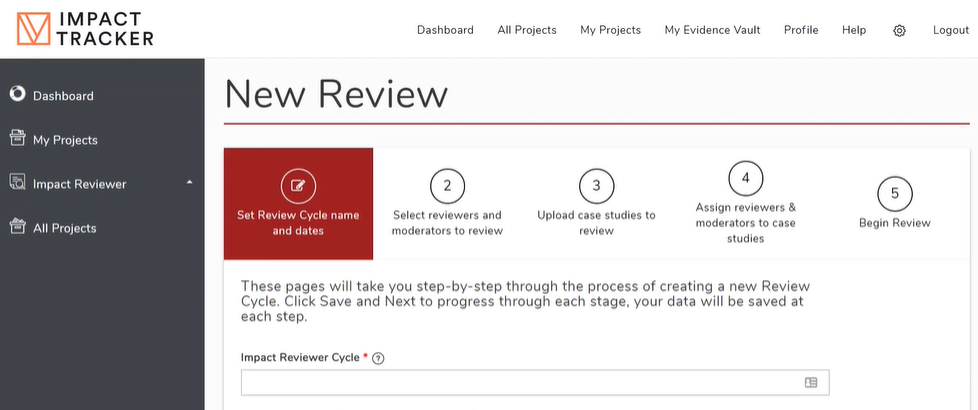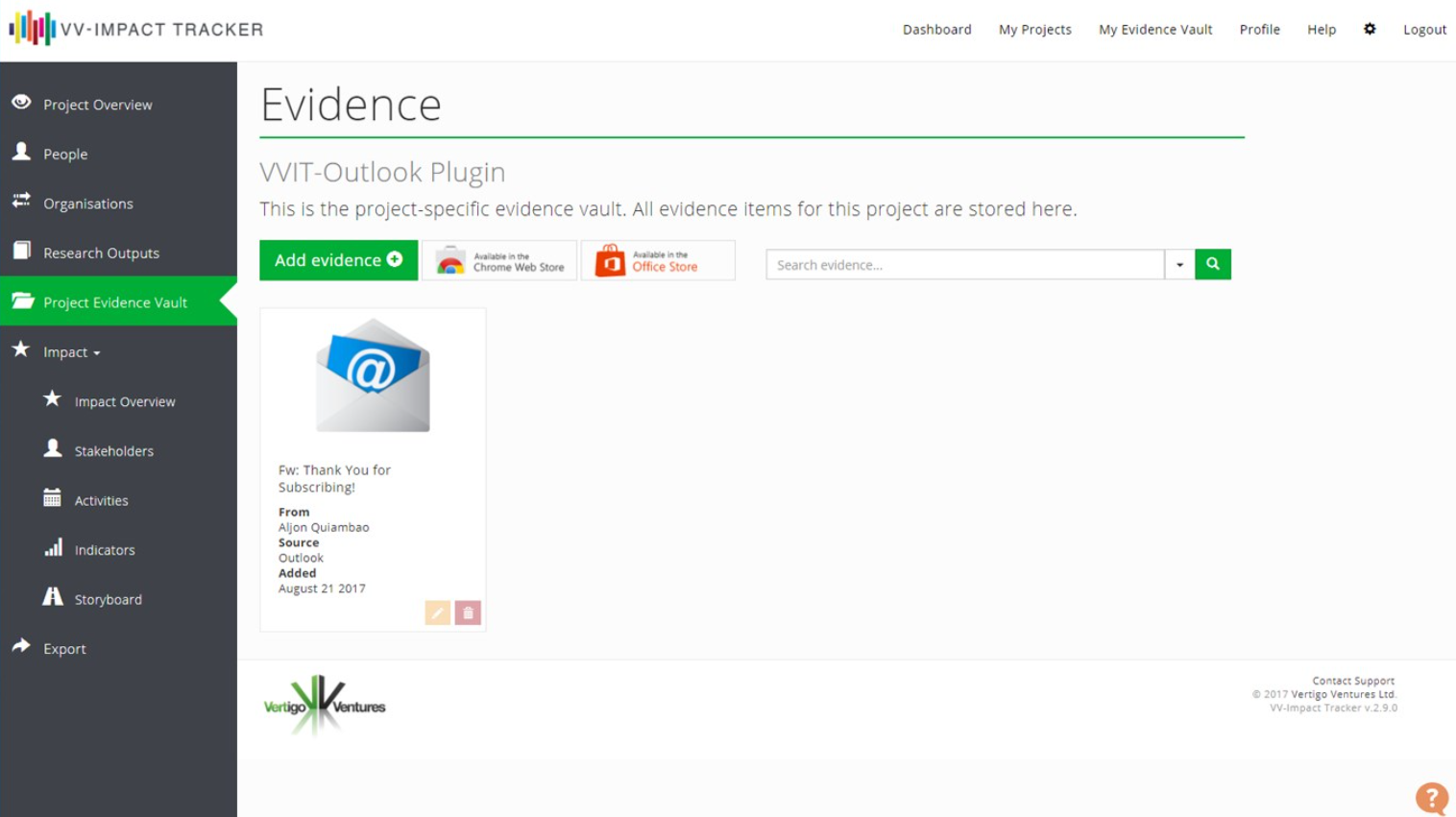In the first part of our series in which we meet various members of the Vertigo Ventures team, we speak to Robert Mansion, one of the company’s earliest developers who has a wealth of experience with the ImpactTracker™ product, our flagship solution for capturing, analysing and demonstrating impact.
Tell us a bit about yourself!
Before Vertigo Ventures I worked as a developer on a Salesforce platform, helping bridge the gaps between our product and other platforms. I live in the Philippines and joined Vertigo Ventures just as the company was commencing its operations here.
When was ImpactTracker originally released?
The product was first released in 2014 to meet several requirements that emerged from the conclusion of the REF 2014 cycle in the UK. At the time many universities had spent a lot of resources on creating Impact Case Studies and managing the late rush towards the end of the cycle, where lots of evidence needs to be collected to support their impact claims.
The initial ImpactTracker release included features such as project creation and management. One of the big advantages came in providing a centralised cloud solution, meaning users within the same organisation could access and contribute towards projects from anywhere. The product lets users choose from hundreds of outcomes and thousands and impact indicators to easily understand and even set targets for their impact.
 Original ImpactTracker login page
Original ImpactTracker login page
With such a large underlying taxonomy, we had to be additionally careful in choosing the correct methods and moving away from XML-based technology to maintain the integrity of this data when providing customers with a simplified, hierarchical interface.
Another key feature was the Evidence Vault, which still sees heavy use today. Collecting and submitting evidence is one of the biggest challenges universities face when completing a national assessment exercise, whether that’s in the UK, Hong Kong, Australia or elsewhere. This is because often research projects that do get selected for submission at the end of the cycle (in the UK it’s a 7-year cycle) may be older or more likely will have been conducted as research exercises, not evidence-gathering activities.
With the Evidence Vault accessible through the same portal as the core project features, we have been able to allow users to collect and upload evidence as they go along, storing it in a central repository. This has worked really well for clients – especially during the traditional end-of-cycle chaos where evidence is typically assembled retrospectively which is hugely time-consuming.
What came next?
 ImpactReviewer™ 2018
ImpactReviewer™ 2018
To make the Evidence Vault more user-friendly, we introduced several APIs to connect it to different external resources such as Pure. The browser extension proved really useful – if a user comes across a page that works as evidence, they can save this within the Evidence Vault through this extension without even needing to log back into the portal. Researchers often have to go through many layers of administration to achieve certain tasks so the simpler and more direct we can make ImpactTracker, the better the experience.
We also expanded functionality to areas such as email clients (e.g. Microsoft Outlook) – evidence comes in lots of different forms and functions so it’s important to account for this range.
 Example of original Microsoft Outlook plugin
Example of original Microsoft Outlook plugin
At what point did ImpactTracker expand outside of the UK?
We launched the product into Australia in 2017 and then used this to further expand into Asia. This required scaling the core architecture and accounting for challenges such as data protection when working in different regions. Automation of key processes was key to our success here, and empowering client administrators to be self-sufficient in managing their own partitions.
What about the last few years?
We have continued to build out the product capabilities over the years, both in terms of core product functionality and also agile responses to customer requirements such as support for additional frameworks or data repositories. The reporting functionality has become significantly more mature, allowing exports into formats convenient for external systems but also providing a rich visual display across such areas as geographic distribution and stakeholder engagement.
In terms of major new features, ImpactReviewer™ was released in 2018 around the time of the last Australian EIA exercise. Although integrated within ImpactTracker as default, ImpactReviewer also works as a standalone module for enabling users to assess the quality of their impact narratives through peer review and comment moderation, reducing administrative burden and increasing consistency.
Next we introduced the SDG mapping in 2020, which made a lot of sense as we were already supporting the THE Impact Rankings and their SDG alignment. Basically, users could now easily map projects to SDGs and gain better insight into their progress towards each of the 17 different targets and that now plays a key role as global understanding of the relationship between impact and SDG progress is becoming greater.
And what’s next?
There is a lot of exciting development coming over the course of the next few months, both in terms of the core product and new features, but you’ll have to wait and see!
JOIN OUR MAILING LIST
and keep up-to-date with everything impact related.

